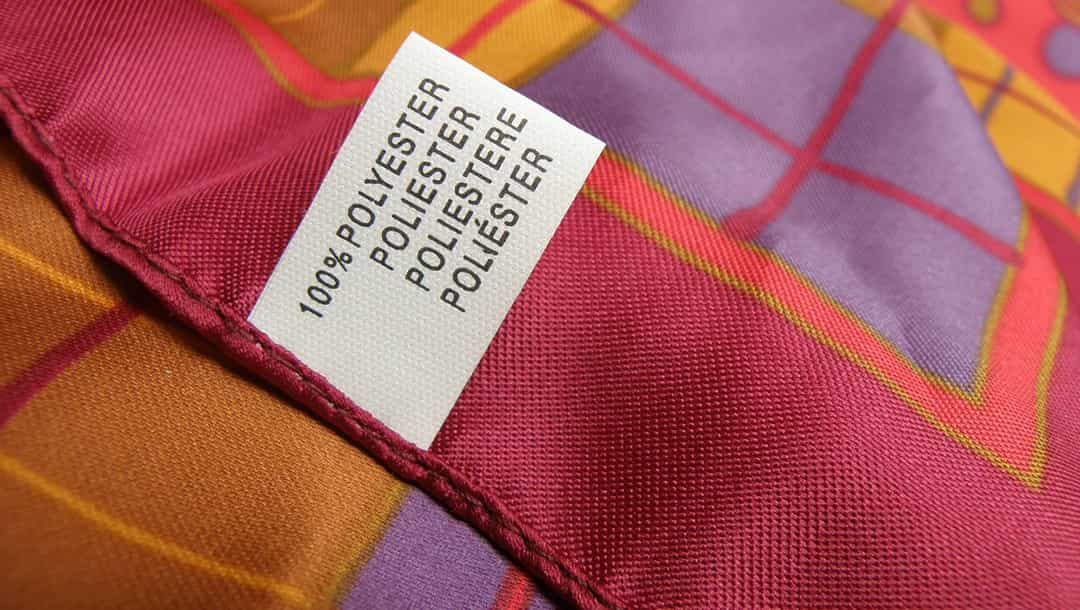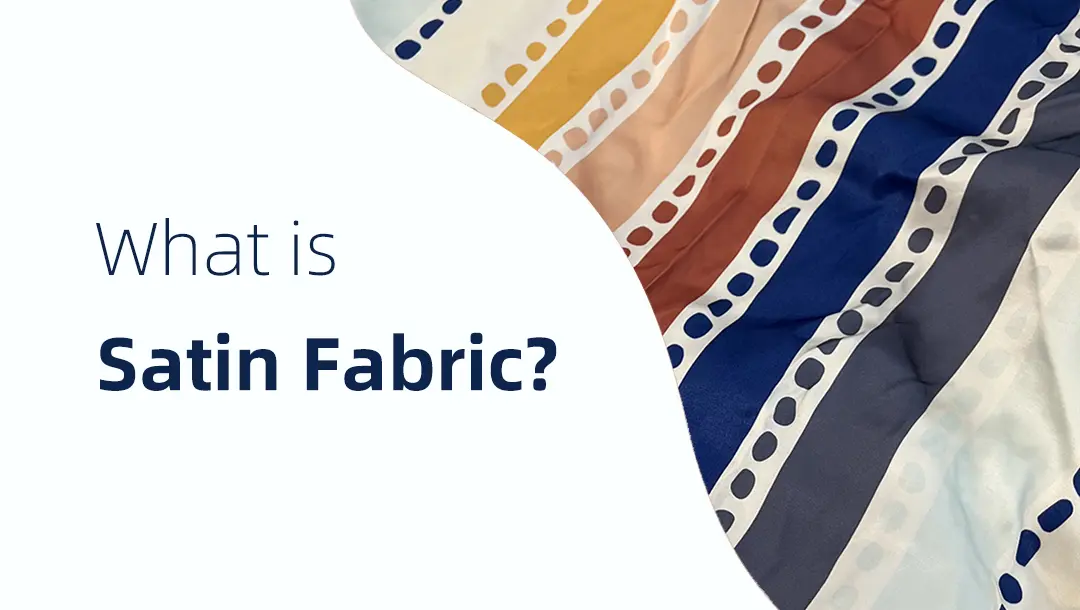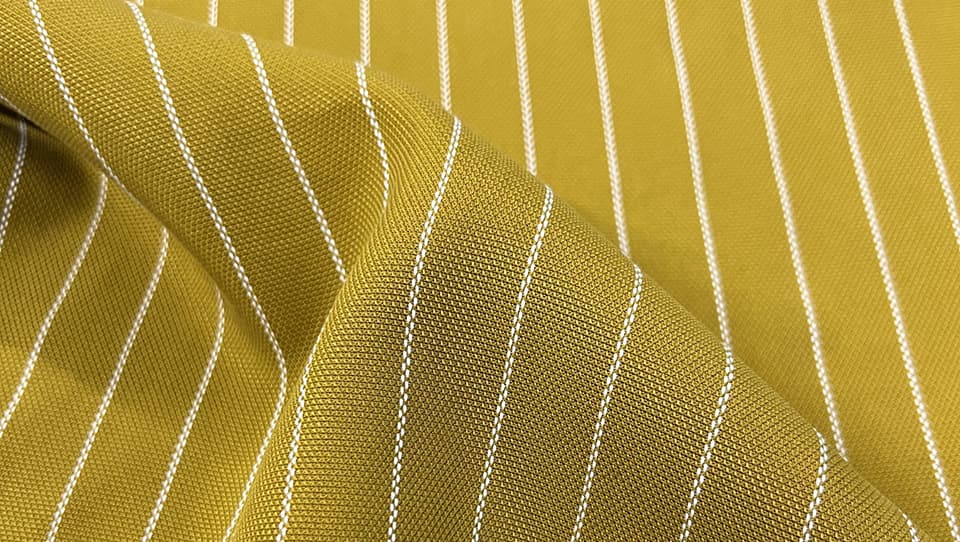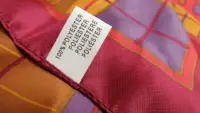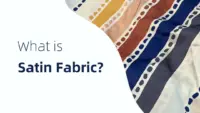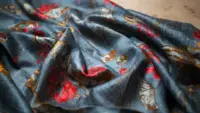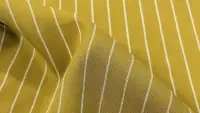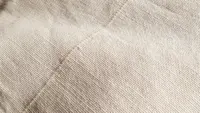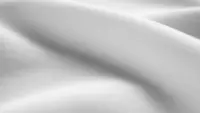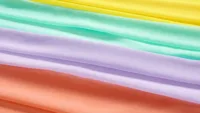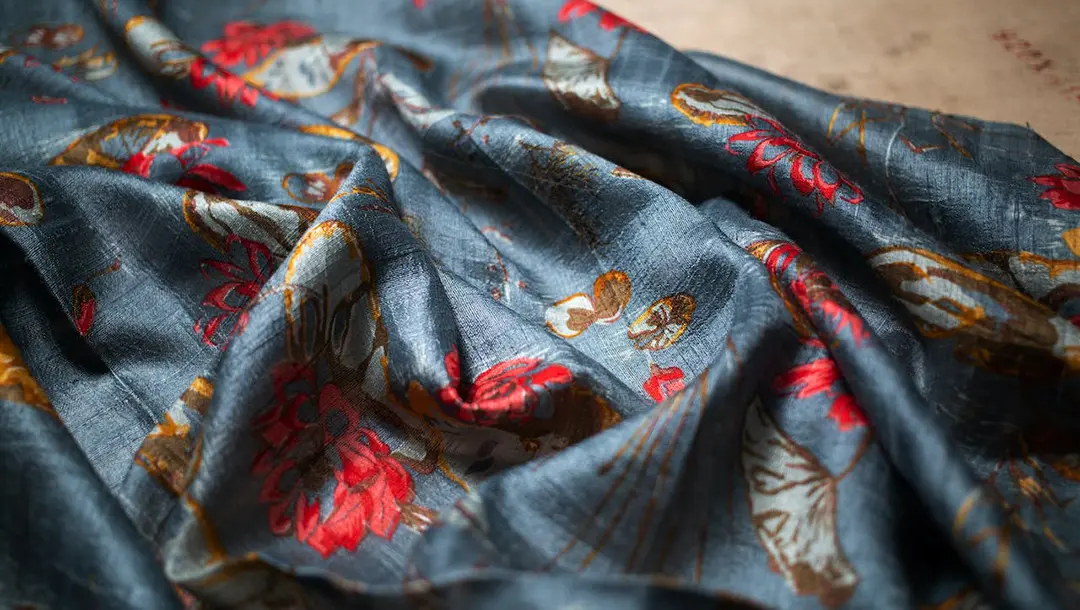
Silk is a luxurious, elegant fabric that has been used for thousands of years. It is known for its smooth texture, rich feel, and luxurious appearance. Silk fabric is typically associated with high-end fashion and is often used in couture clothing, bridal gowns, and formal wear.
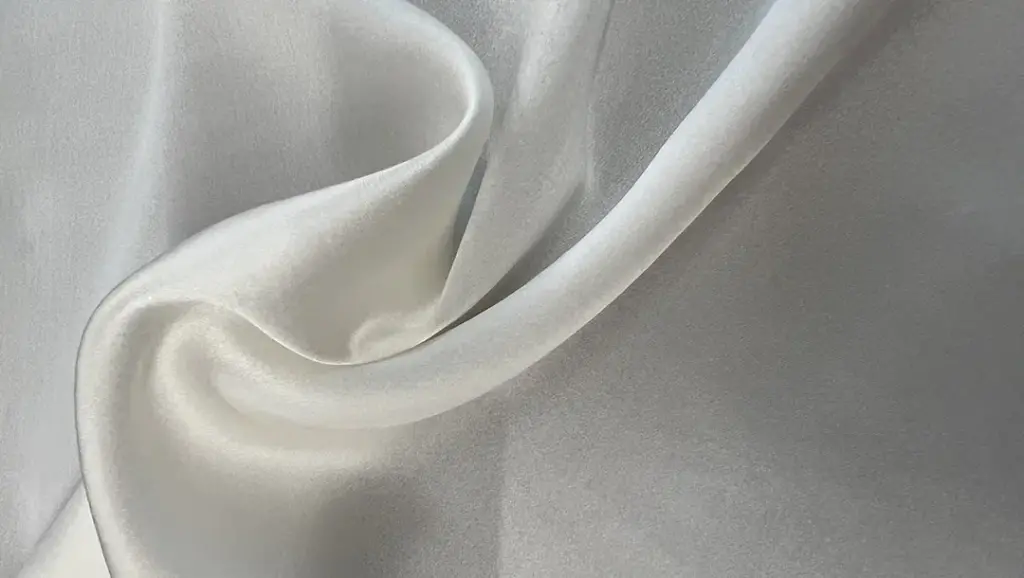
What is Silk Fabric?
Silk fabric, also known as silk, is a luxurious natural fiber produced by silkworms. This fabric is renowned for its unique texture, smoothness, and elegant appearance, making it a highly prized material in the fashion and textile industries.
Silk fabric comes in a variety of styles and finishes, ranging from sheer and delicate to heavy and textured. It can be dyed in a range of colors and patterns, adding further versatility to its uses. Silk fabric is also very easy to care for, as it can be machine washed and dried without much fuss.
One of the most distinctive features of silk fabric is its softness. Its smooth and delicate texture caresses the skin, providing a luxurious feel that is often described as being similar to a second skin. This quality makes silk fabric an ideal choice for clothing that needs to hug the body comfortably, such as nightwear, lingerie, and bridal wear.
In addition to its softness, silk fabric has a natural luster and shine that give an elegant and luxurious appearance. The threads of silk reflect light differently depending on the viewing angle, creating a dynamic and alluring visual effect. This quality makes silk fabric an excellent choice for fashion designers who want to createStatement pieces that capture attention.
Silk fabric also has good breathability, making it suitable for warm weather and activities that generate heat. This property helps keep the wearer comfortable, preventing sweat build-up and heat retention. This makes silk fabric an excellent choice for summer clothing, especially for fashion-conscious individuals who want to stay cool and stylish.
How Is Silk Fabric Made?
The production process for silk fabric is complex and time-consuming, involving multiple steps:
- The production of silk starts by gathering silk fibers. People collect this from cocoons spun by silkworms.
- The next step is for extracting the fibroin. This is a natural protein that is within the cocoon.
- Then they begin preparing the silk yarn. The fibroin they extracted from the cocoon serves as the raw material for weaving silk.
- The silk yarn undergoes a weaving process. Manufacturers use various methods in this step. They use plain weave, satin weave, and twill weave.
- Once the weaving process is done, the silk will undergo finishing treatments. This process involves washing, dyeing, printing, and applying special finishes. This will enhance the overall quality of the silk.
- In the last part, they will inspect the silk fabric. They do this to make sure that it meets the quality standards.
This process requires a high level of skill and precision, and the end result is a luxurious and delicate fabric that has been prized for thousands of years.
Uses of Silk Fabrics
Clothing

When made into clothing, silk fabric exhibits several unique characteristics. Firstly, it has an excellent luster, shining brightly whether in natural or artificial light. This luster adds a luxurious touch to any item, creating an elegant and refined appearance. Secondly, the texture of silk fabric is smooth, soft, and highly flexible. The touch of silk against the skin is velvety and comfortable, providing a luxurious feel that is both soothing and pleasing.
Accessories
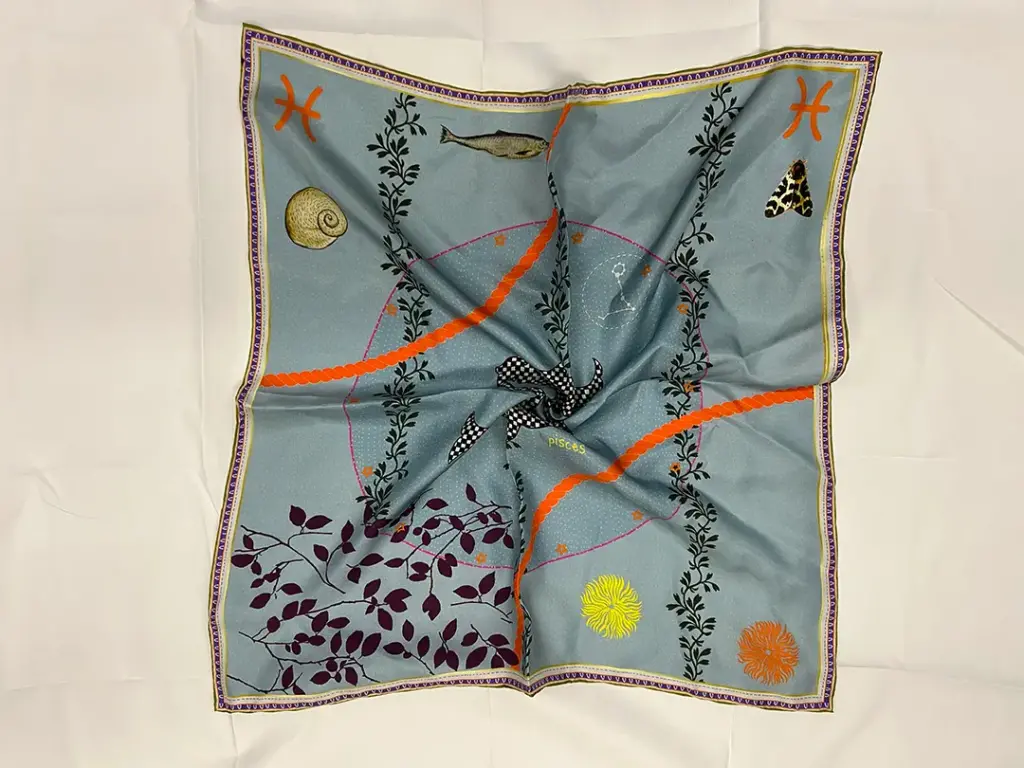
The purpose of silk goes beyond apparel. People also use this to create accessories. Some examples are silk ties, masks, scarves, and bags. It’s a favorite choice because of its lightweight and stylish nature.
The silk scarves is a classic accessory that embodies elegance and warmth. It is a versatile piece that can be styled in various ways, making it a popular choice for both casual and formal occasions.
The design of silk scarves can vary widely, ranging from simple solid colors to intricate patterns and prints. Designs often feature traditional motifs, such as flowers, animals, or abstract patterns that add a touch of elegance and sophistication to the scarf. The range of colors available also allows the scarf to coordinate easily with various outfits, making it a versatile addition to any wardrobe.
Home Furnishings
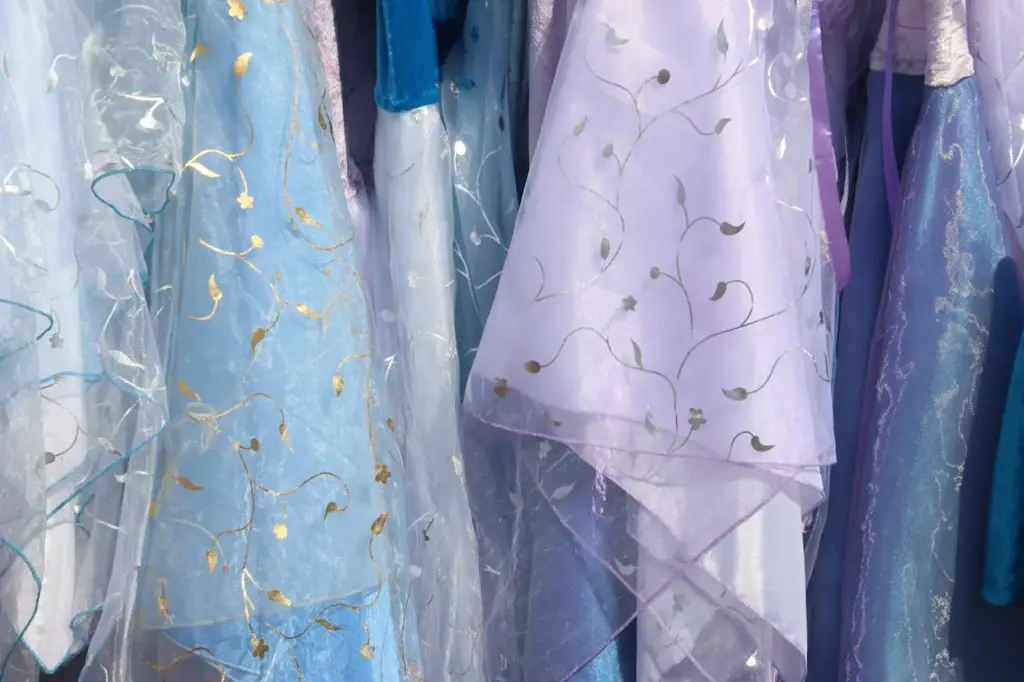
Silk cloth can bring luxurious vibes to any home. It’s undeniable that silk is a woman’s favorite. They often buy silk pillowcases, curtains, and bed sheets.
Silk is ideal due to its hypoallergenic characteristics. It also contributes to the overall appearance and mood of the setting.
Medical Uses
The medical industry also finds silk textiles useful. This fabric has good knotting strength and a smooth texture. So they utilize it in making wound dressings and bandages.
Industrial Uses
Silk fabric also has various industrial applications. Its strength makes it a reliable material for making parachutes. Manufacturers also use it in bicycle tires. It gives a smoother and more efficient ride.
Care and Maintenance of Silk Fabric
Silk fabric is a luxurious and delicate material that requires special care and attention to maintain its quality and appearance. Proper care and upkeep can help extend the lifespan of silk items and maintain their beauty.
Hand washing is recommended for silk items as it is gentle and effective. Use a mild detergent specifically formulated for silk, and rinse thoroughly to remove all traces of soap. Gently press out the excess water using a soft towel, then air dry. Avoid exposure to direct sunlight as it can cause fading.
Store silk items in a cool, dry place away from direct sunlight or strong light sources. This can help prevent discoloration and maintain the quality of the fabric.
Avoid folding or creasing as much as possible, especially on garments that are prone to creases like skirts and trousers. If necessary, use a steamer or iron on the silk item with a damp cloth to remove creases.
Protect silk items from rough surfaces, sharp objects, and abrasive materials that can cause damage. Store in a protective bag or box to prevent dust and lint from settling on the fabric.
If a stain occurs, act quickly to remove it. Use a gentle detergent or spot cleaning solution specific to silk fabric. Gently blot the stain with a clean cloth, being careful not to rub or scrub the fabric. Blot until the stain is removed, then rinse thoroughly.
Overall, the key to maintaining the quality and beauty of silk fabric is gentle handling, proper storage, and regular cleaning. By following these guidelines, you can ensure that your silk items remain in good condition for longer.
Conclusion
Overall, silk fabric is a highly versatile material that offers a range of unique properties. Its softness, luster, and breathability make it a popular choice for fashion designers and clothing manufacturers. Its luxurious appearance and comfort make it a favorite choice for consumers seeking high-quality clothing that pamper the skin.

